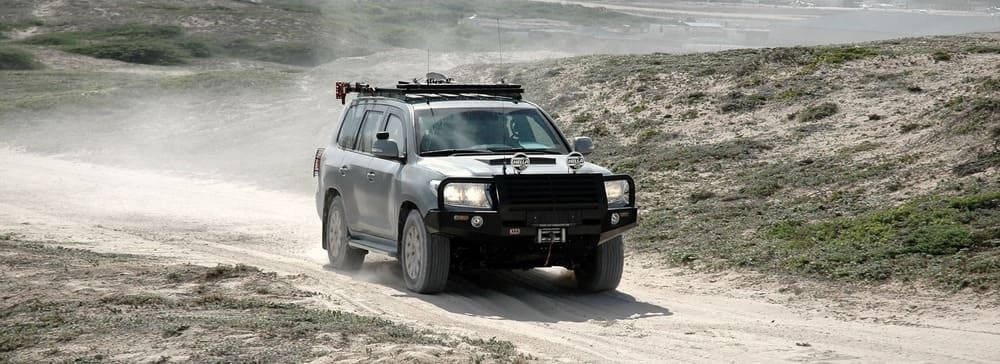Selecting the correct armoured vehicle and professional security driver is one of the most critical decisions for anyone operating inside Syria. Whether you are part of a diplomatic mission, humanitarian organisation, media team, energy-sector project, NGO, or private enterprise, safe road movement determines the success—or failure—of your operations. With volatile checkpoints, shifting frontlines, IED threats, criminal activity, and unpredictable roadblocks, Syria is one of the most challenging driving environments in the region. Associated Risks provides fully compliant armoured vehicle fleets, trained security drivers, and local support teams capable of delivering safe movement across Damascus, Latakia, Tartous, Homs, Hama, Aleppo, and other operationally accessible areas. Choosing the right service is not simply about renting a car—it requires an understanding of the threat landscape, vehicle protection levels, journey planning, route intelligence, and driver competency in hostile environments.
Understanding the Threat Environment on Syrian Roads
Road-based risks in Syria vary significantly by region and time of day. Congested urban centres such as Damascus and Aleppo present risks from unexpected checkpoints, aggressive traffic, civil disturbances, and opportunistic crime. Inter-city routes can include IED incidents, ambush attempts, and vehicle interdiction. Some areas require careful coordination with local authorities for safe passage. This means that any movement must be supported by real-time intelligence, local relationships, and drivers trained to operate under pressure, capable of adjusting driving style or routes instantly.
Why Armoured Vehicles Are Essential for High-Risk Travel
Armoured vehicles are not a luxury in Syria—they are a necessity for anyone carrying sensitive equipment, operating high-profile missions, or travelling through areas with an elevated risk of armed attack. Professional armoured vehicles used by Associated Risks typically include B4–B6 protection levels depending on mission requirements, run-flat tires, reinforced suspension, overlap armour, ballistic glass, and discreet profiles that blend into the environment. Choosing the correct protection level ensures safety without sacrificing mobility or drawing unnecessary attention.
The Importance of a Trained, Hostile-Environment Security Driver
An armoured vehicle is only as effective as the person driving it. Security drivers in Syria require far more than basic driving skills—they function as part of a protective security system. They bring advanced defensive driving, anti-ambush awareness, checkpoint navigation skills, and local cultural fluency. A trained security driver provides continuous situational awareness and is prepared to make immediate decisions during emerging threats.
Journey Management and Route Planning
Movement inside Syria must be supported by robust Journey Management Plans (JMPs) that account for safe routes, alternate routes, time-sensitive checkpoints, safe-haven locations, population movements, and local authority requirements. Associated Risks leverages local intelligence networks, regional contacts, and on-the-ground assessments to design route plans that minimise exposure, avoid disruptions, and ensure predictable movement across complex areas.
Discretion and Low-Profile Protective Mobility
In Syria, drawing attention can raise the threat level. Associated Risks prioritises low-profile protective mobility, using unbranded armoured vehicles, non-tactical driver attire, and controlled movement procedures. This approach reduces unnecessary visibility while maintaining response capability during elevated risk situations.
Coordination With Local Authorities and Access Permissions
Certain Syrian regions require coordination with local authorities, military units, or municipal bodies to ensure legal, uninterrupted passage. Associated Risks manages permits, checkpoint notifications, and movement approvals using established, trusted channels. This decreases the risk of movement denial, detainment, or interference at sensitive control points.
Selecting the Right Service Provider
Choosing the correct mobility provider in Syria requires verification of operational experience, access to compliant armoured vehicles, vetted and trained drivers, 24/7 monitoring capabilities, and the ability to support humanitarian, diplomatic, media, or corporate missions. Associated Risks meets these standards through a combination of international best practice and local operational reliability, enabling safe ground movement across operationally viable Syrian regions.
Conclusion
Secure ground movement in Syria relies on the right fusion of armoured vehicles, trained security drivers, local expertise, and professional route management. By choosing Associated Risks, clients receive a fully managed mobility service capable of reducing exposure, avoiding delays, and ensuring controlled, predictable operations in one of the world’s most challenging environments.
Contact Our Secure Mobility and Armoured Vehicle Team in Syria
If you require armoured vehicles, trained security drivers, or secure convoy movement inside Syria, our team is ready to support you. Whether you are operating in Damascus, Aleppo, Latakia, Tartous, Homs, or other authorised regions, Associated Risks provides confidential consultations, route assessments, and fully managed protective mobility solutions tailored to your mission requirements.
Email: support@associatedrisks.com
Our operations team is available 24/7 to discuss your movement plans, assess risk levels, and deploy vetted security drivers and compliant armoured vehicles anywhere we can legally and safely operate inside Syria.

